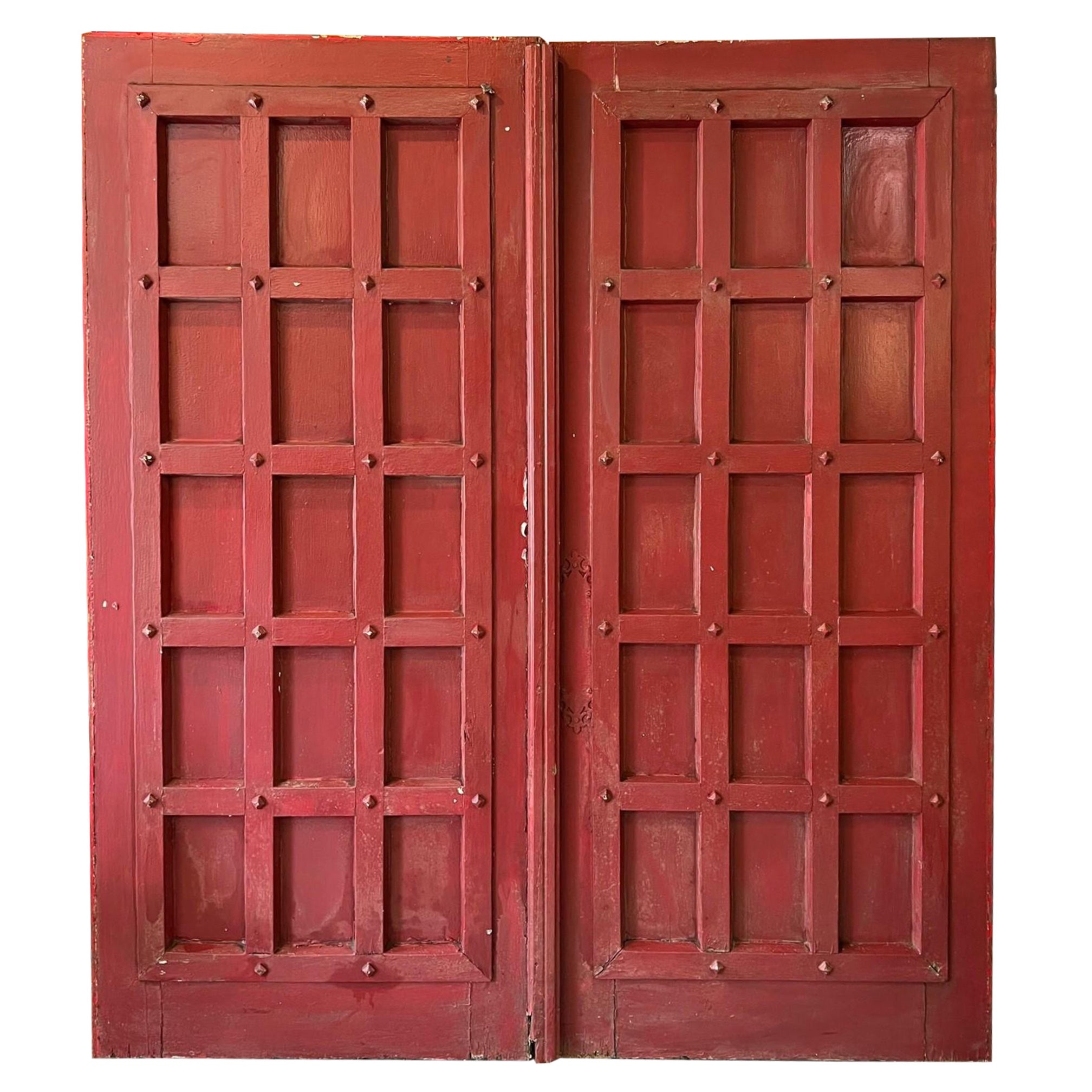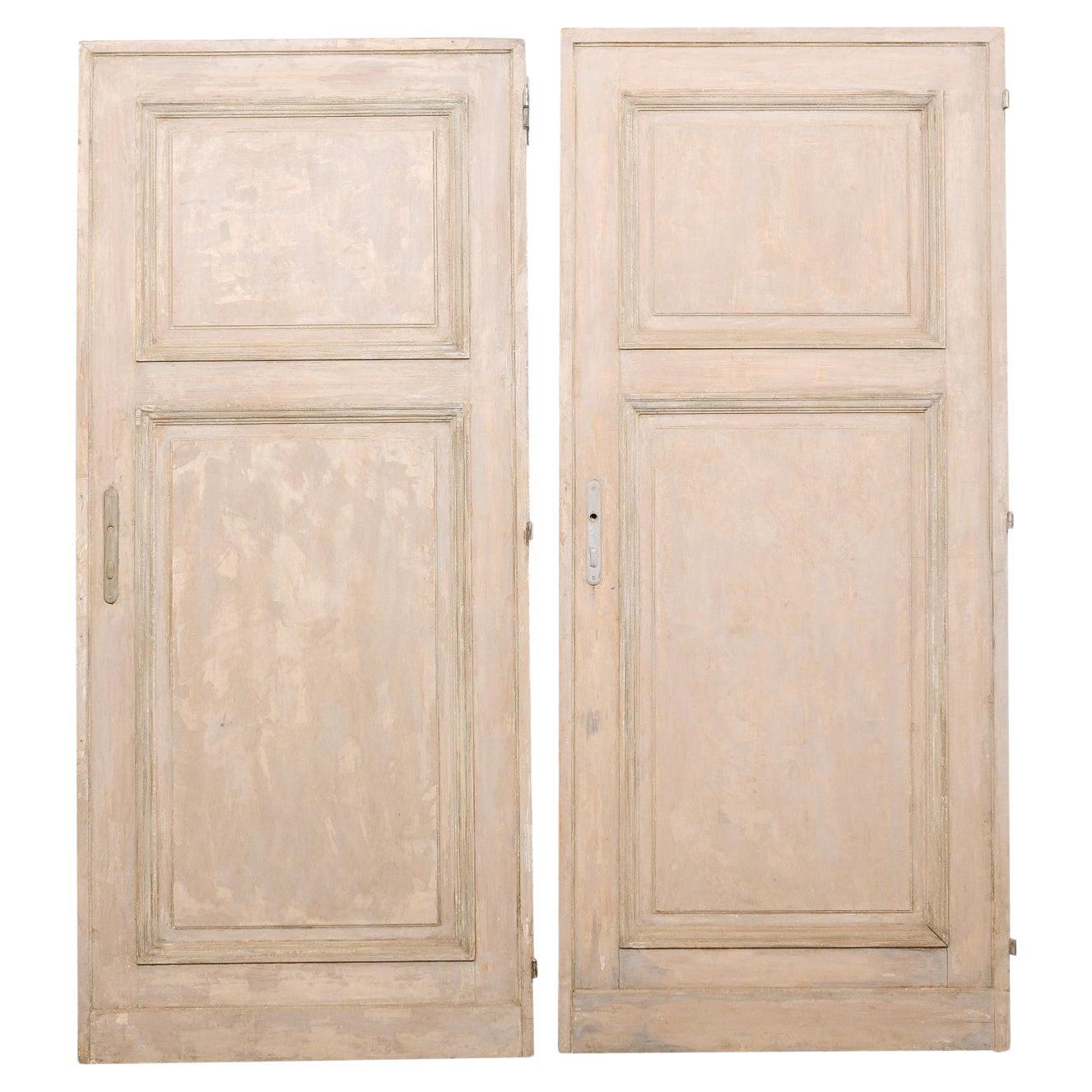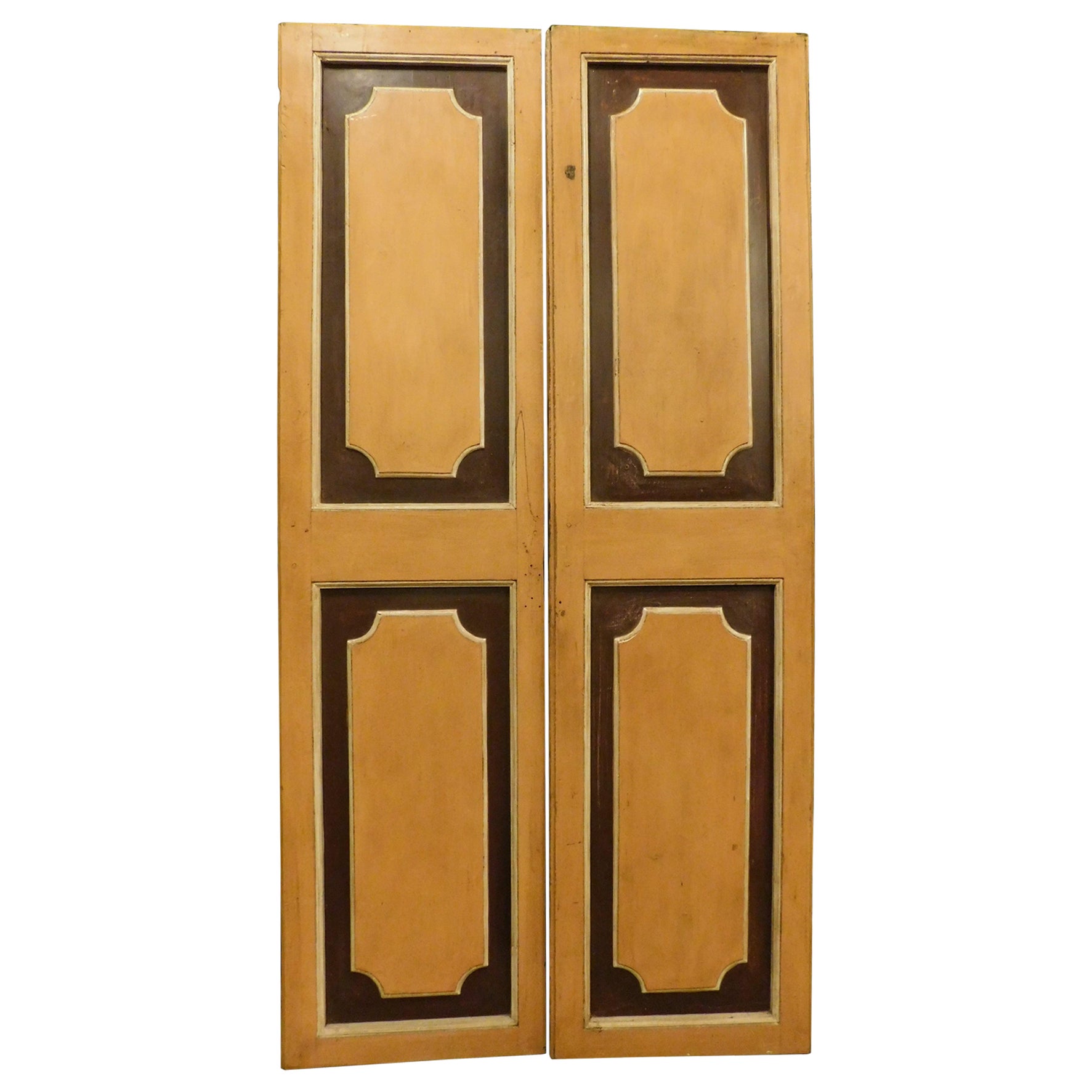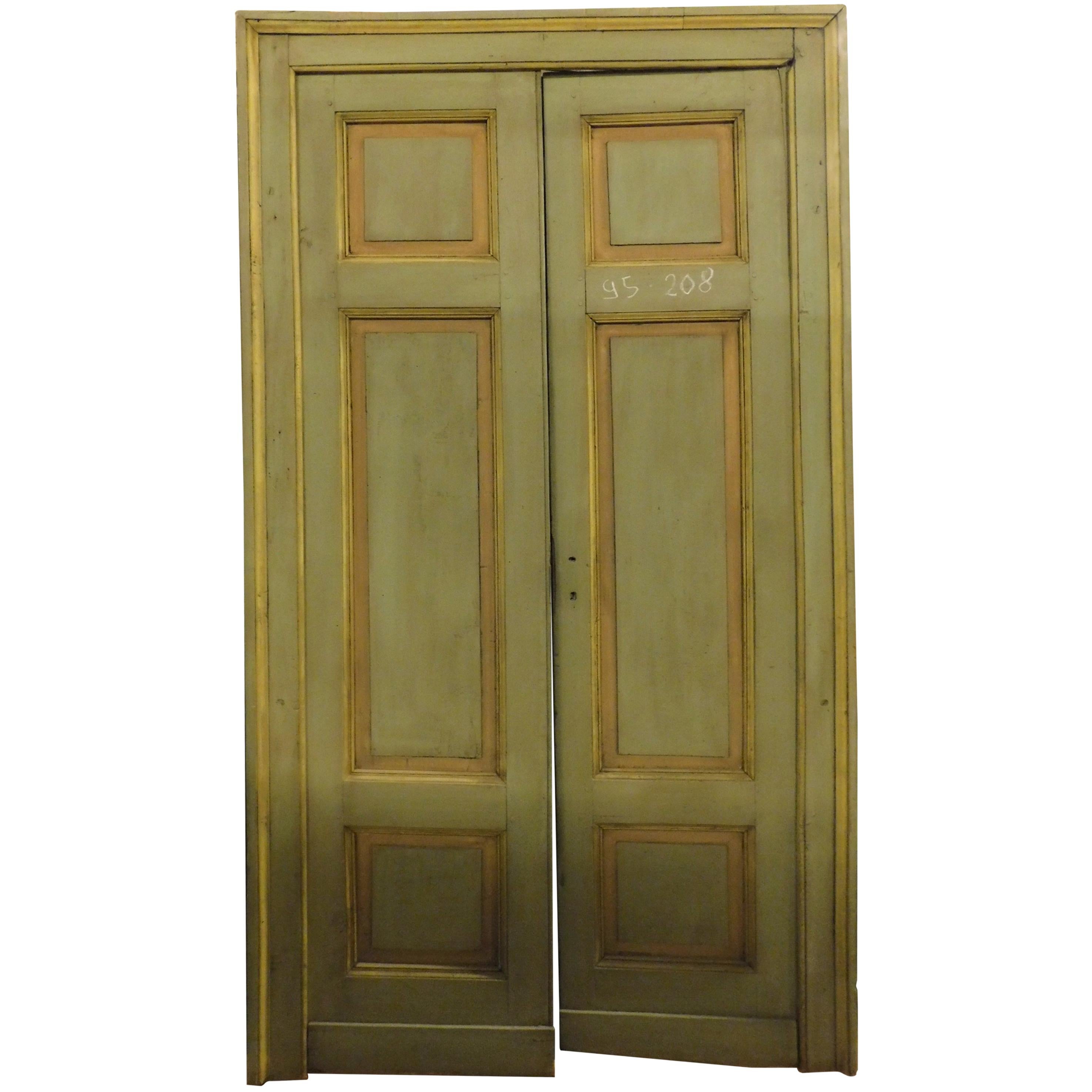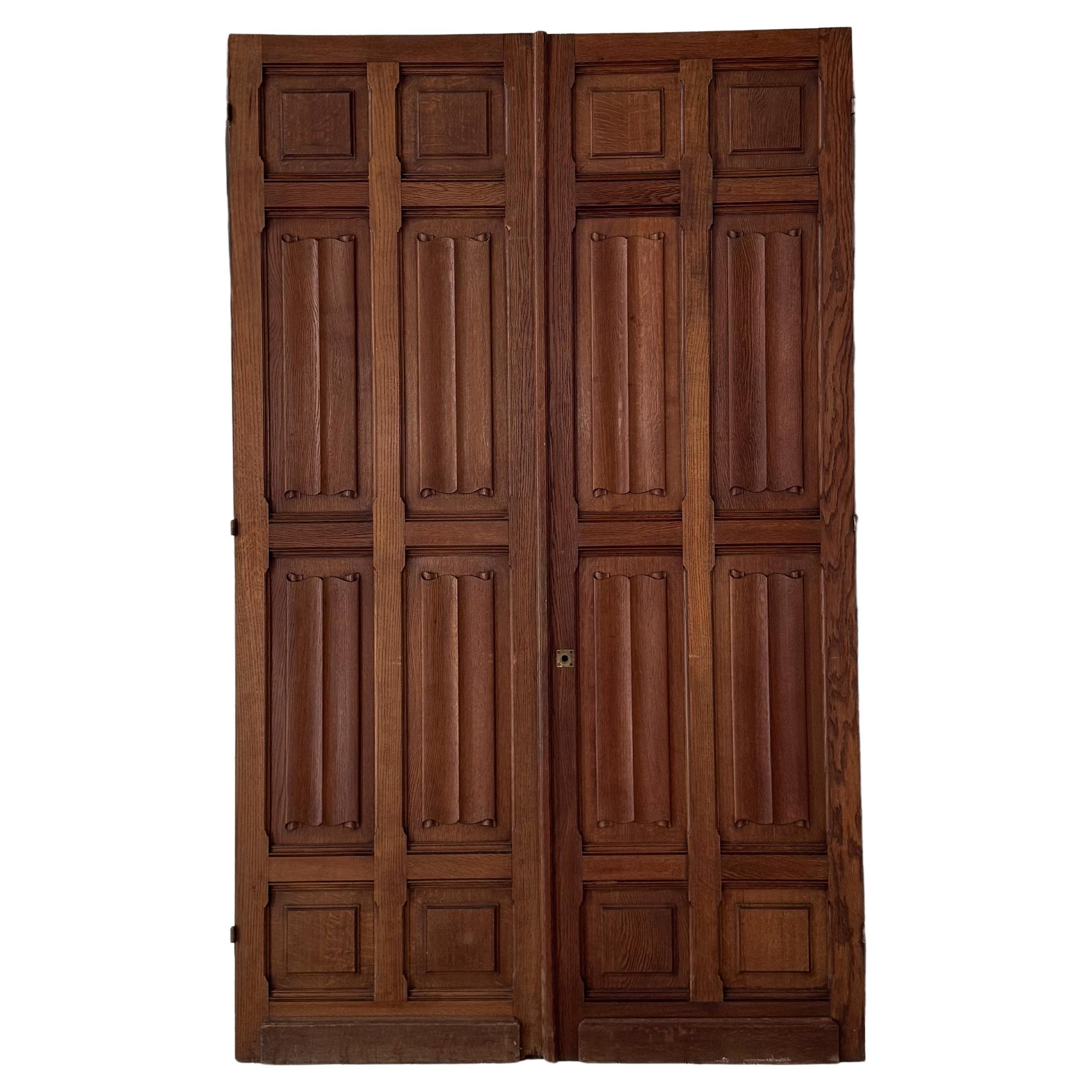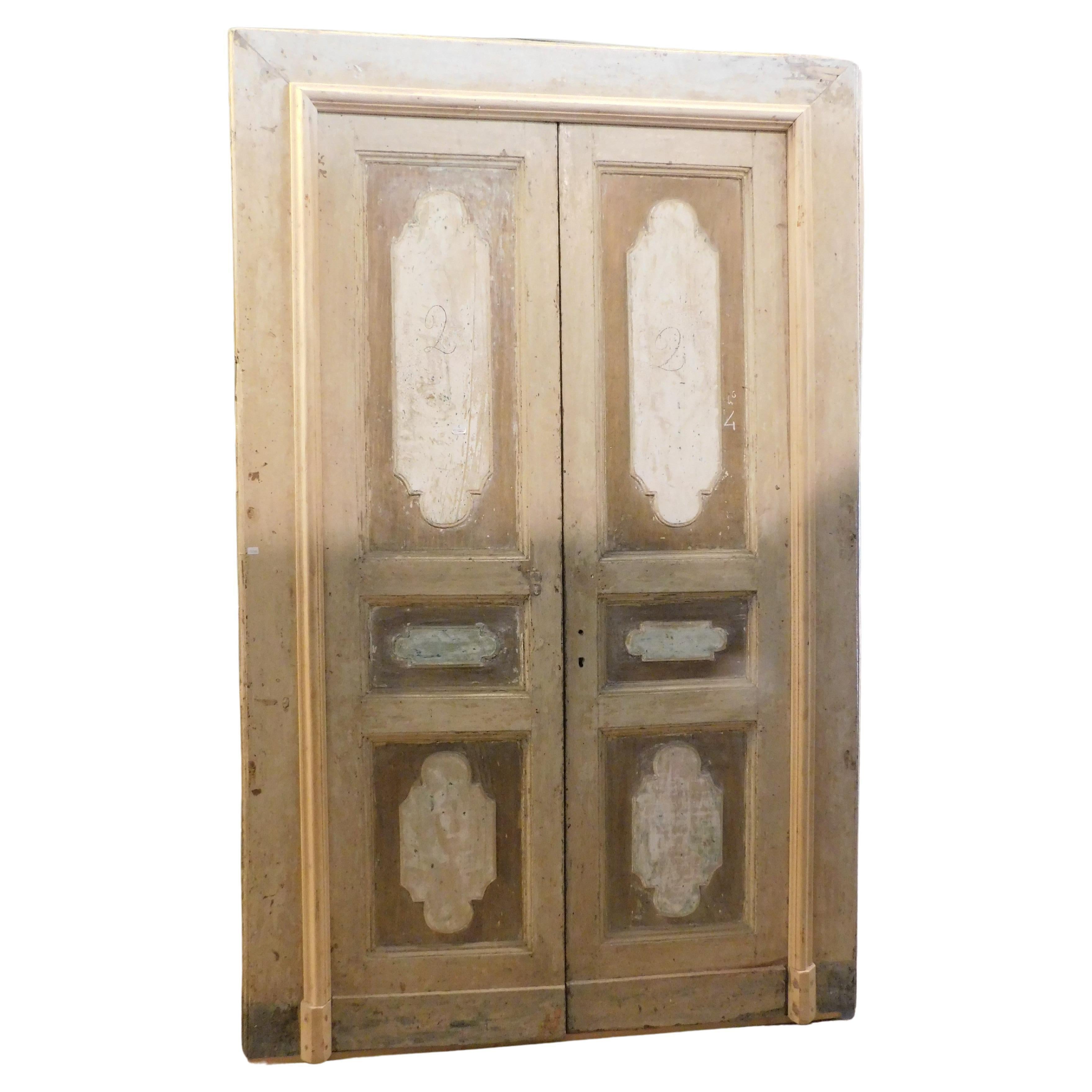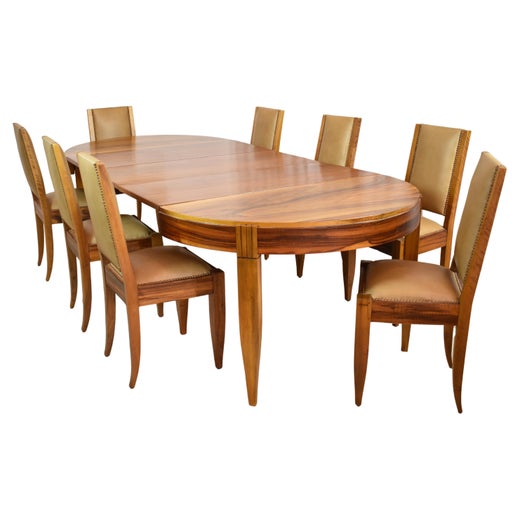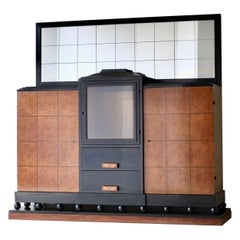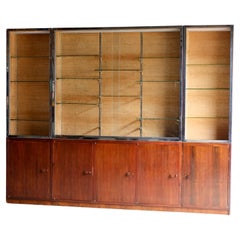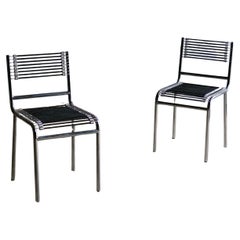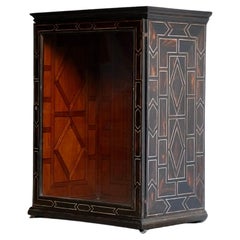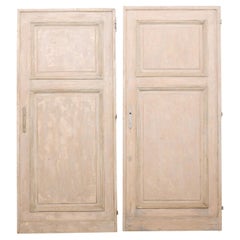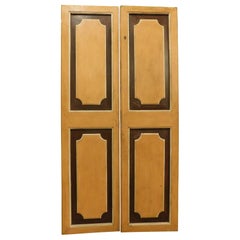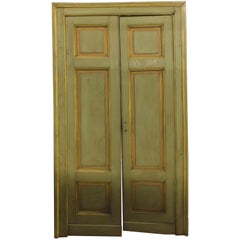André Sornay (1902-2000) Pair Of Doors
About the Item
- Creator:Andre Sornay (Designer)
- Dimensions:Height: 99.22 in (252 cm)Width: 31.5 in (80 cm)Depth: 1.97 in (5 cm)
- Sold As:Set of 2
- Style:Art Deco (Of the Period)
- Materials and Techniques:
- Period:
- Date of Manufacture:1935
- Condition:Refinished. Wear consistent with age and use. Minor losses. Minor fading. Marks and scuffs to the paintwork, plus loss of paint to on the rear and edges (see photos). Areas of restoration which have been touched up with a matching colour paint.
- Seller Location:London, GB
- Reference Number:1stDibs: LU6465245723952
Andre Sornay
Although he is among the least known of the like-minded French Art Deco furniture designers of his era, André Sornay introduced innovative fabrication techniques and a unique decorative style to his modernist seating, case pieces and other creations.
Sornay was born in Lyon in 1902, and graduated from École Nationale Supérieure des Beaux-Arts de Lyon in 1918. His career as a furniture designer began in 1919 when he was appointed head of his family’s furniture company after his father’s death.
In the early 1920s — inspired by the Bauhaus and De Stijl as well as his friends and fellow French avant-garde designers Francis Jourdain and Pierre Chareau — Sornay shifted the company’s focus from manufacturing period reproductions to creating contemporary designs.
Sornay’s work fused tradition with modernism. He preferred to work with metals, exotic woods such as mahogany and rosewood, rubber and Duco lacquer for a range of cabinets, desks, chairs and mirrors. Sornay’s pieces featured sleek brass drawer pulls and sharply geometric lines, and the distinctive mode that he worked in was known throughout Lyon as “Le Style Sornay.”
Sornay was also recognized for his inventive design methods that were not only decorative but functional. In 1932, he patented the cloudage technique — studding the perimeter of veneered furniture panels with uniform brass nails. Sornay integrated this technique into his wardrobes, side tables and the armchairs he designed, which were frequently defined by clean lines and sharp angles. In the early 1950s, he also patented a technique called the “Tigette,” which allowed for quick and easy assembly or disassembly of modular furniture — a forerunner to IKEA’s flat-packed furniture.
While Sornay isn’t as well known as other European modernists like Le Corbusier and Charlotte Perriand, he attracted modest attention at exhibitions of the day, such as the 1923 Salon d’Automne and the 1925 Exposition Internationale des Arts Décoratifs et Industriels Modernes in Paris, the design fair that brought the Art Deco style to the world. He was awarded the bronze medal at Paris’s Exposition Internationale des Arts et Techniques dans la Vie Moderne in 1937.
In the late 1950s, Sornay ceded control of his furniture design company to his children, remaining as an advisor until production ceased in 1999. He died the following year.
On 1stDibs, discover a range of vintage André Sornay case pieces and storage cabinets, seating and tables.
- ShippingRetrieving quote...Shipping from: London, United Kingdom
- Return Policy
More From This Seller
View AllEarly 20th Century Italian Art Deco Cabinets
Glass, Wood
Vintage 1930s Art Deco Cabinets
Wood
Late 20th Century Dining Room Chairs
Metal
Antique 19th Century Cabinets
Ivory, Fruitwood
Antique 17th Century Decorative Art
Wood
Early 20th Century Italian Art Deco Dining Room Sets
Wood
You May Also Like
Early 20th Century American Doors and Gates
Oak
Antique 19th Century French Doors and Gates
Wood
Antique 19th Century Italian Doors and Gates
Poplar
Antique 19th Century Italian Doors and Gates
Wood
Antique Mid-19th Century French Doors and Gates
Oak
Antique 18th Century Italian Doors and Gates
Poplar
